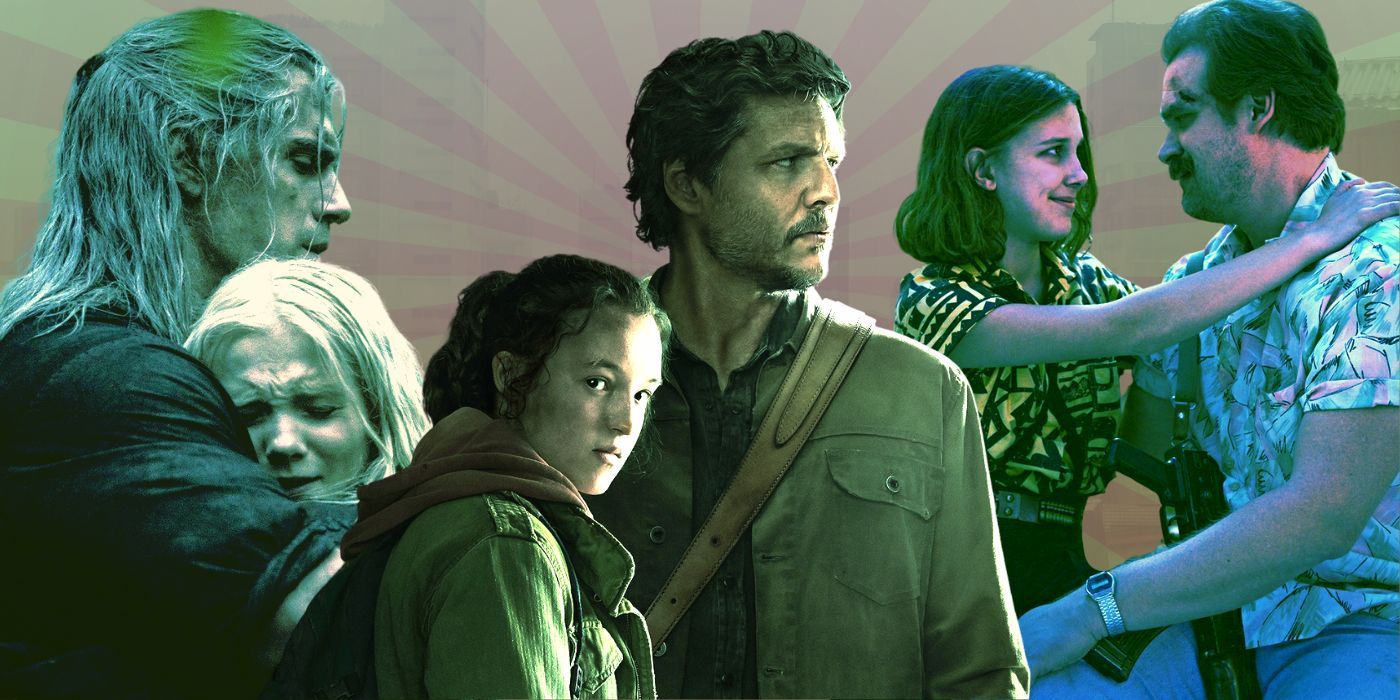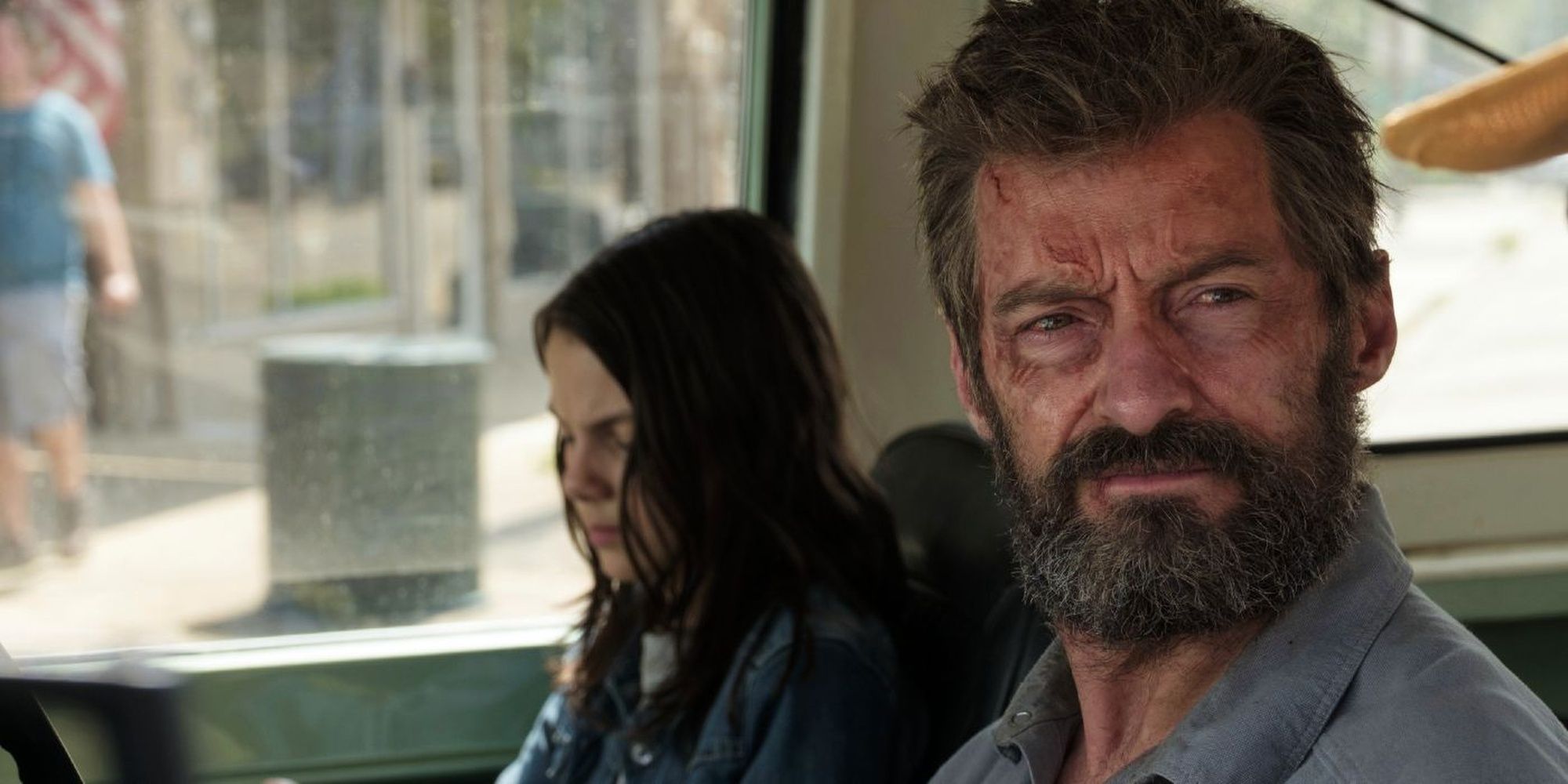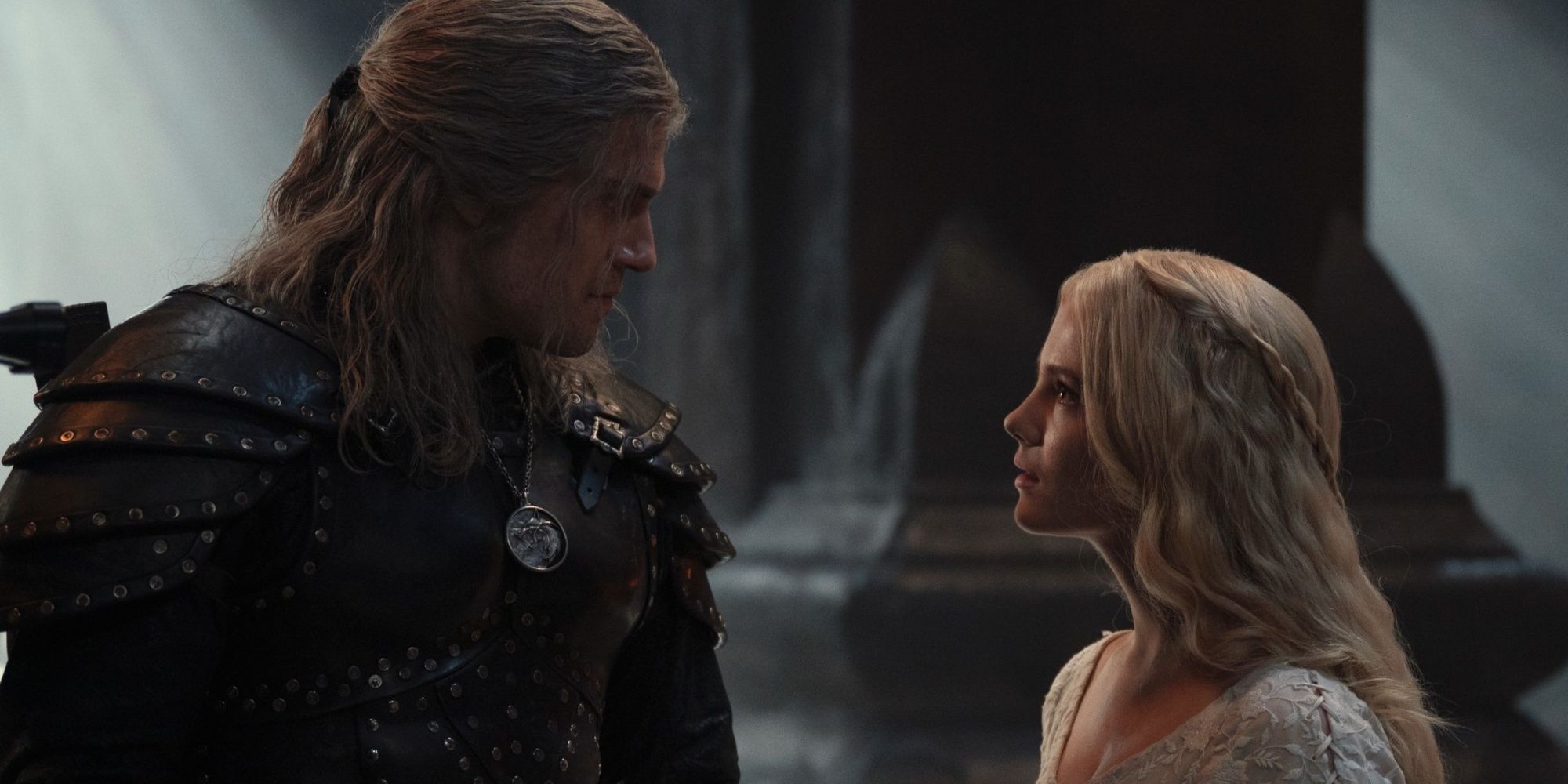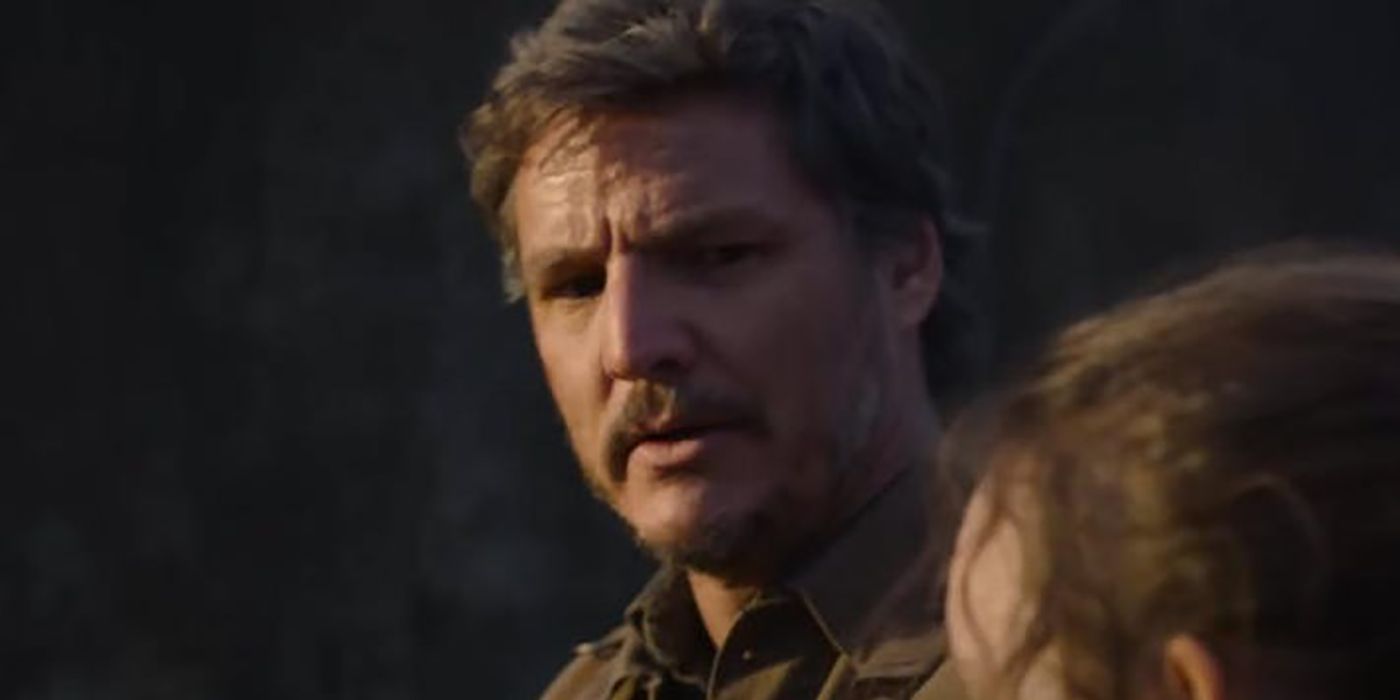Editor's Note: The following contains spoilers for The Last of Us Episode 2.The Last of Us era is officially underway! The highly anticipated HBO series stars Pedro Pascal as Joel, a smuggler who reluctantly agrees to transfer Ellie (Bella Ramsey) out of a quarantine zone to the Fireflies, a rebel militia group that believes Ellie to be the cure for the infection that destroyed civilization. After Tess (Anna Tov) sacrifices herself so that Joel and Ellie could escape the attack at the Bostonian Museum, the pair are now traversing across the post-apocalyptic country together and will have to learn to rely on each other in order to survive.
Though the premise is adapted from the popular video game of the same name, the concept of the type of character pairing is not new. In fact, this isn’t even Pedro Pascal’s first time in a role like this. The third season of his hit Star Wars series, The Mandalorian, returns March 1st where he and his practically adopted child, Grogu, will once again go off on their own adventures across the galaxy far far away. The premise of the series, as well as the bond between Din Djarin and Grogu, takes after Lone Wolf and Cub, a popular Japanese film series based on the manga series in the 1970s. The series is about a warrior-turned-assassin’s adventures with his son as they seek revenge for the death of his wife. Lone Wolf and Cub popularized the trope of a deadly male fighter paired with a small child, often credited as the origins of the trope for modern audiences.
There’s a specific variation that has arisen from the Lone Wolf and Cub-type of character pairing– the grumpy man who takes a teenage girl under his wing. It’s a pairing that first garnered popularity in 1994 with Léon: The Professional (which also includes the film debut of Natalie Portman). After Mathilda’s family is killed during a DEA raid, her neighbor Léon, played by Jean Reno, takes her in. When she discovers that he’s a hitman, she convinces him to train her how to be a hitman in order to get revenge on Norman Stansfield (Gary Oldman), the corrupt DEA agent who murdered her family. With the success of this Luc Besson film, this specific pairing between a grumpy, closed off man (often skilled with a weapon) and a teenage girl is proven to be a special one.
Popular Grumpy Dad-Adopted Daughter Duos
In recent years, the specific trope of a grumpy dad adopting a special powered daughter has shown up in popular movie and TV franchises, like the dynamic audiences see today between Joel and Ellie in The Last of Us. However, they did not start the new wave of this type of duo. It really takes off in 2017’s Logan. Wolverine (Hugh Jackman) crosses paths with Laura (Dafne Keen), a mutant with his same abilities, and he reluctantly agrees to take her to the Canadian border in order to escape. Though she hardly speaks (and little to no English when she does), Logan and X-23 both share a kinship through the amount of rage they carry and the loss of losing Professor X (Patrick Stewart). When Logan is fatally injured, Laura holds his hand and tearfully calls him “daddy” as he slips away and dies.
Another recent series adapted from a popular book series and video games, The Witcher follows along this same trajectory during its second season. Geralt (Henry Cavill) fulfills his promise to protect Ciri (Freya Allan), even going so far to teach her how to fight and protect herself from the perils they will come to face. Not only is Ciri deemed important to be kept alive like Ellie, she also has her own powers of telekinesis and dimension travel (a power seen in another female character to be mentioned soon). Though Geralt is initially standoffish towards the heir of Cintra, he grows to care for her to the point of not hesitating to defend her against the people he loves most, including Yennefer of Vengerberg (Anya Chalotra). Together, they are their own new family unit.
Though Star Wars has already played with this concept in The Mandalorian, the specificity of worn down man protecting girl with special abilities rears its head again in the miniseries, Obi-Wan Kenobi. Set a decade after the events of Star Wars Episode III: Revenge of the Sith, Kenobi (Ewan McGregor) is asked by Bail Organa (Jimmy Smits) to rescue his adopted daughter, Leia (Vivien Lyra Blair), after she’s kidnapped. They, too, have a sparing relationship, Leia is quite opinionated and unafraid to sass her protector. She may not be aware of the Force inside herself yet, but she ignites the spark in Obi-Wan to use the Force again after a decade of suppressing it. Obi-Wan, too, leaves a lasting impact on the young princess. When Princess Leia (Carrie Fisher) is in her most desperate hour in Star Wars Episode IV: A New Hope, she calls Obi-Wan (Alec Guiness) as her only hope.
The most direct comparison between Joel and Ellie found in recent media is Jim Hopper (David Harbour) and Eleven (Millie Bobby Brown) in Stranger Things. In Season 2, coincidentally the same year Logan released, Hopper finds Eleven living on her own and brings her in to live with him. Like Joel, he too had a daughter named Sarah (Elle Graham) who died in front of him; only this time it was to cancer. Like Ellie and Ciri, Eleven has special abilities that are key to saving Hawkins from the evils of Vecna (Jamie Campbell Bower) and the Upside Down. Though Hopper is a hardened man quick to anger, his softer side returns to the surface by becoming El’s adoptive parent. They rely on each other to survive and to give each other the thing they’ve needed most– family.
Why We Love This Type of Pairing
What sets this trope apart is that there’s a different type of intimacy that gets to be explored that you don’t find in other pairings. For one, there’s a built-in humor of not initially seeing each other eye-to-eye– whether it be height difference, generational gap, different genders, different interests (usually all of these at once). Then audiences get to watch these two opposites start to slowly bond and find common ground. It’s gratifying to watch a badass man, whether he was a father or not, be thrown off by this younger girl and then allow her to smooth the edges around his heart. The real transformation comes when both the man and the teenage girl realize they’ve become each other’s family and would literally do whatever it takes to save the other person. The pair go from reluctantly put together to being a pair against the world. They are all they have left, which is particularly poignant when put in a setting like a post-apocalyptic world.
After seeing these types of pairings in popular franchises, you would think audiences would be tired of them. Quite the opposite. Not only was Joel and Ellie’s pairing in the video game well-received by gamers, but the continued high ratings of the HBO series also prove that audiences can’t get enough of the story of this sullen man who promises to keep this angry, yet important teenage girl alive. Joel and Ellie are part of this trope’s legacy and continue to keep this special pairing alive for audiences as they continue their journey in this season of The Last of Us.




